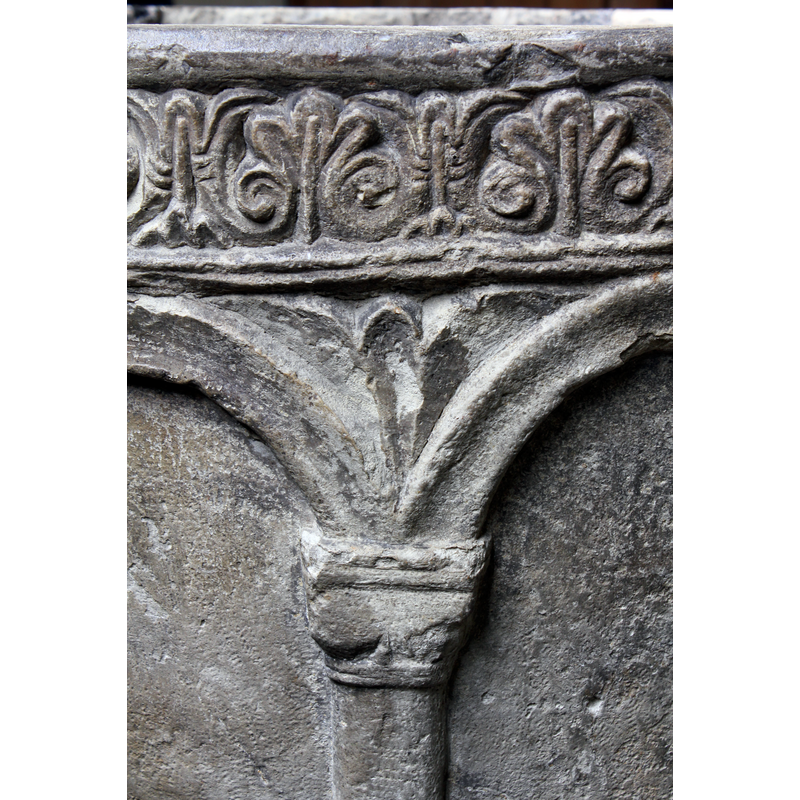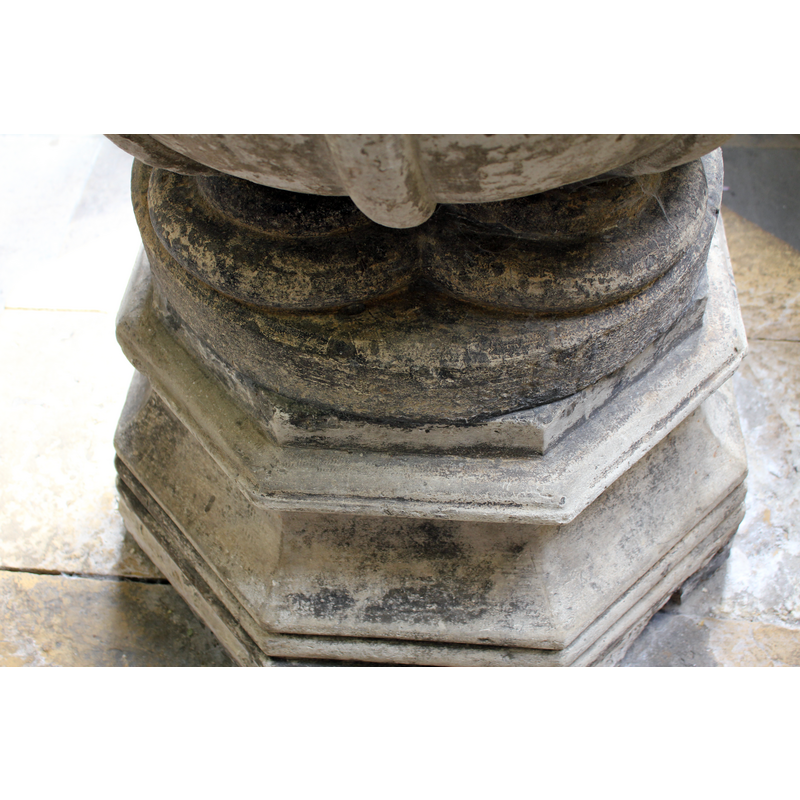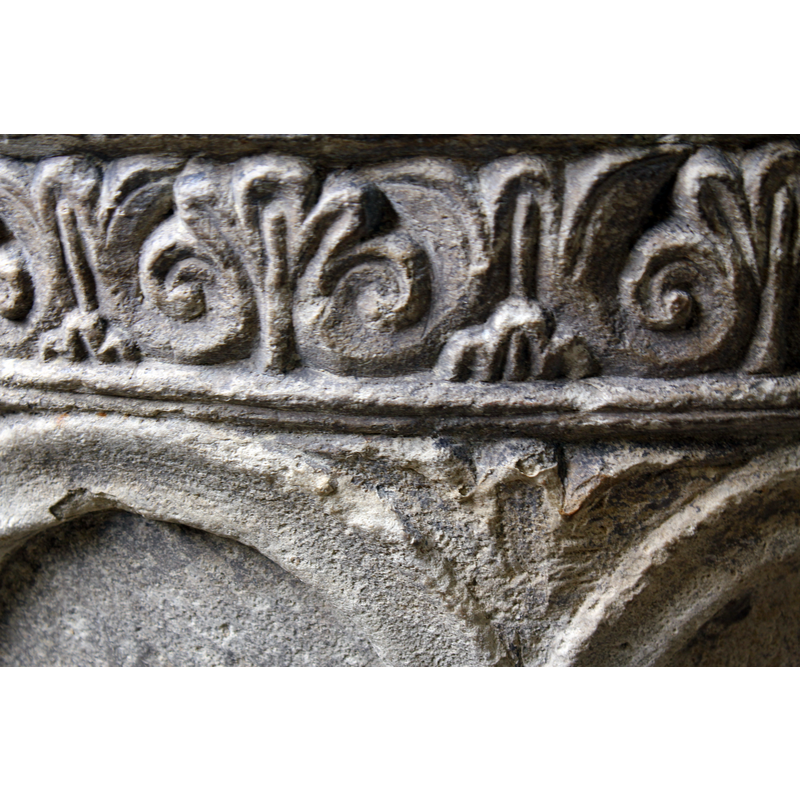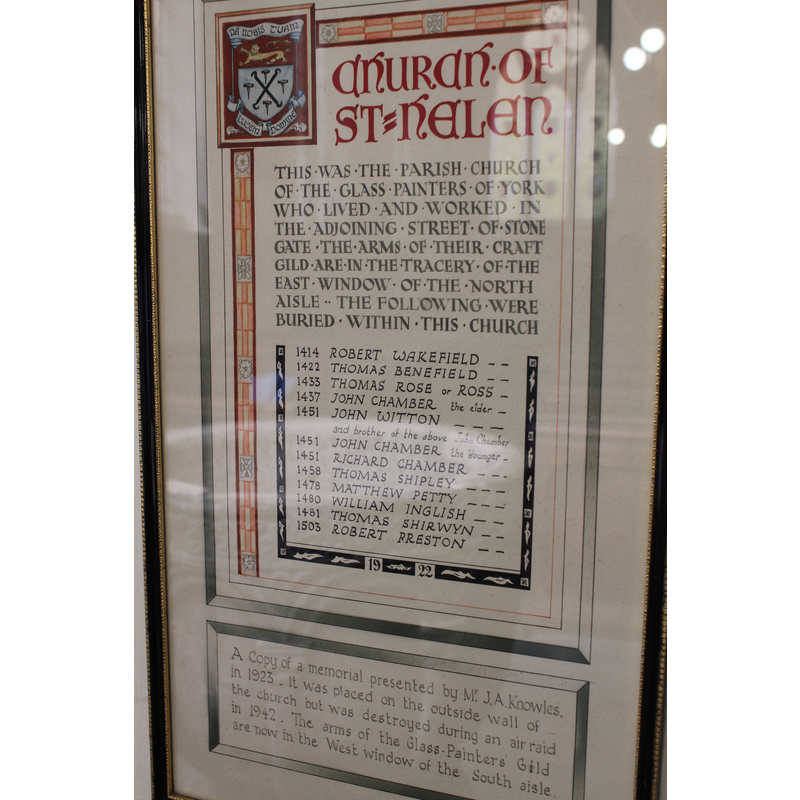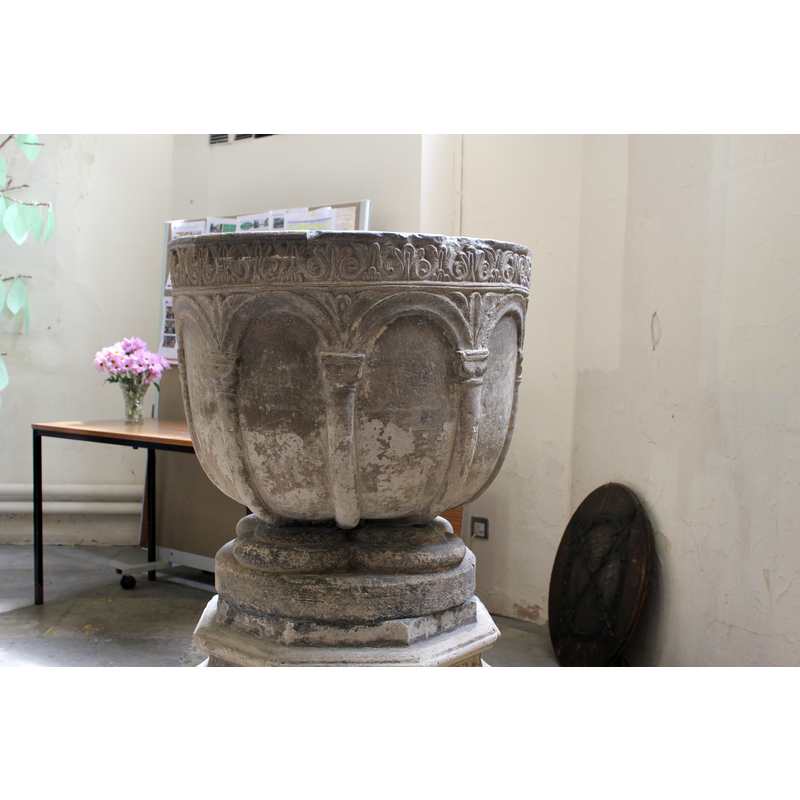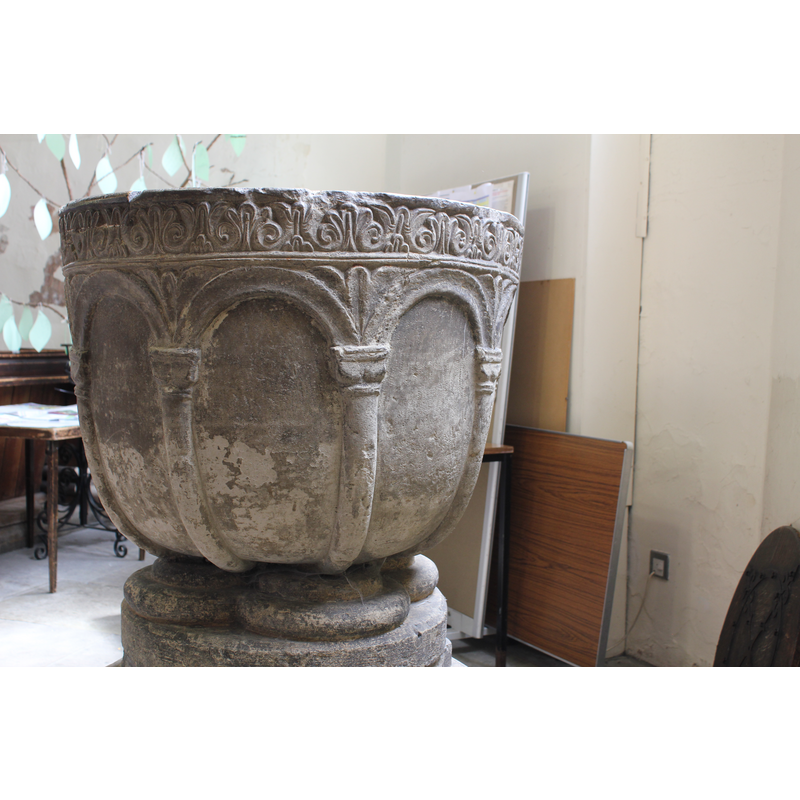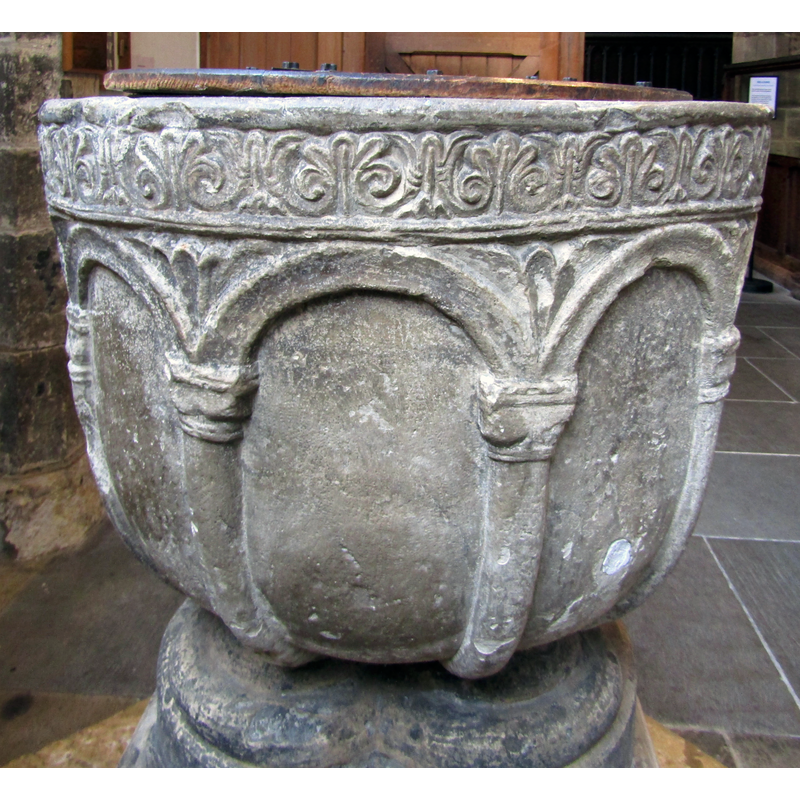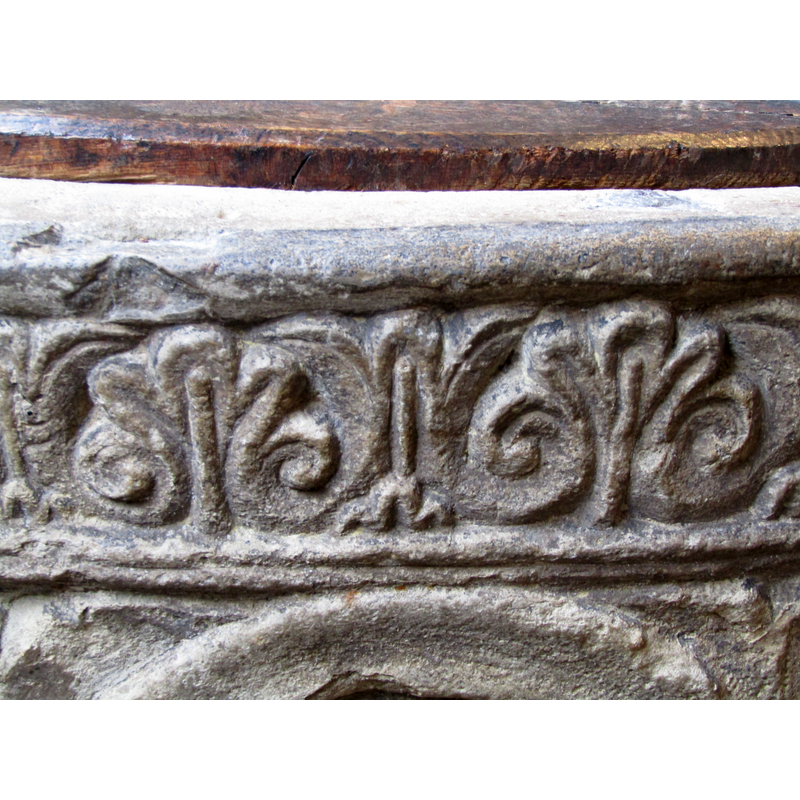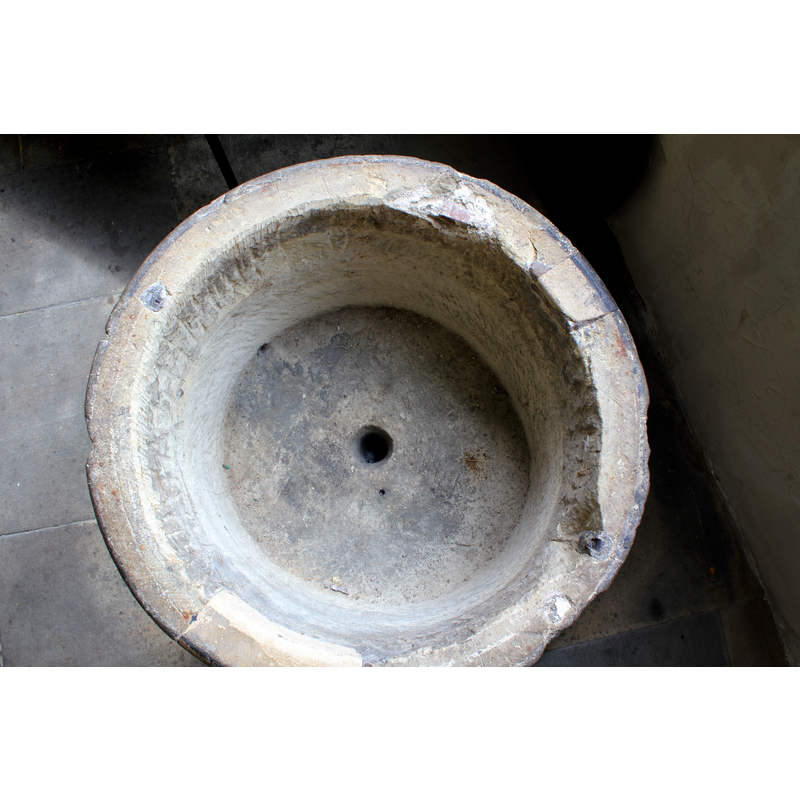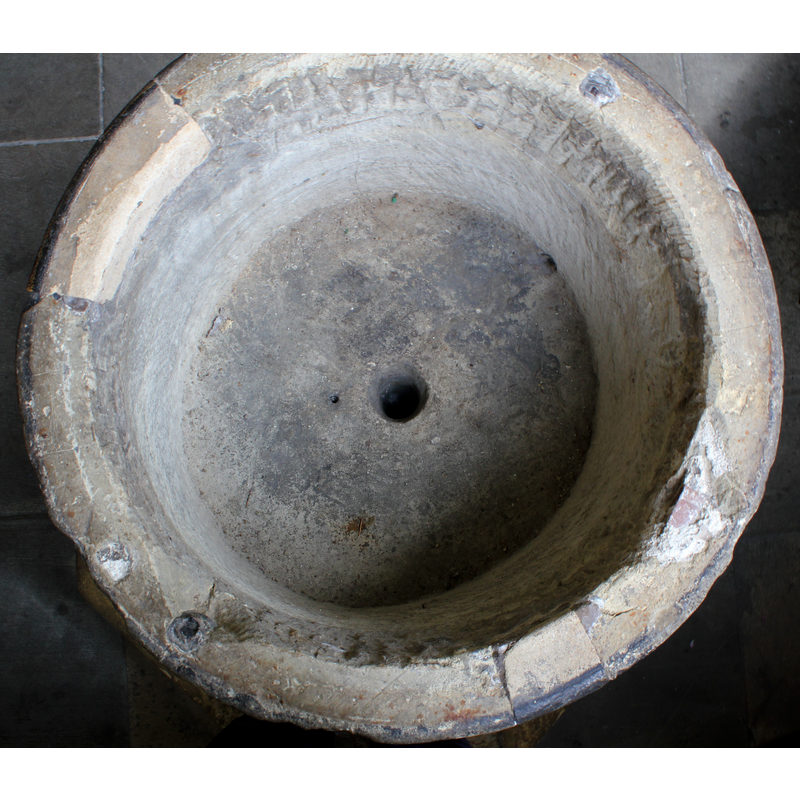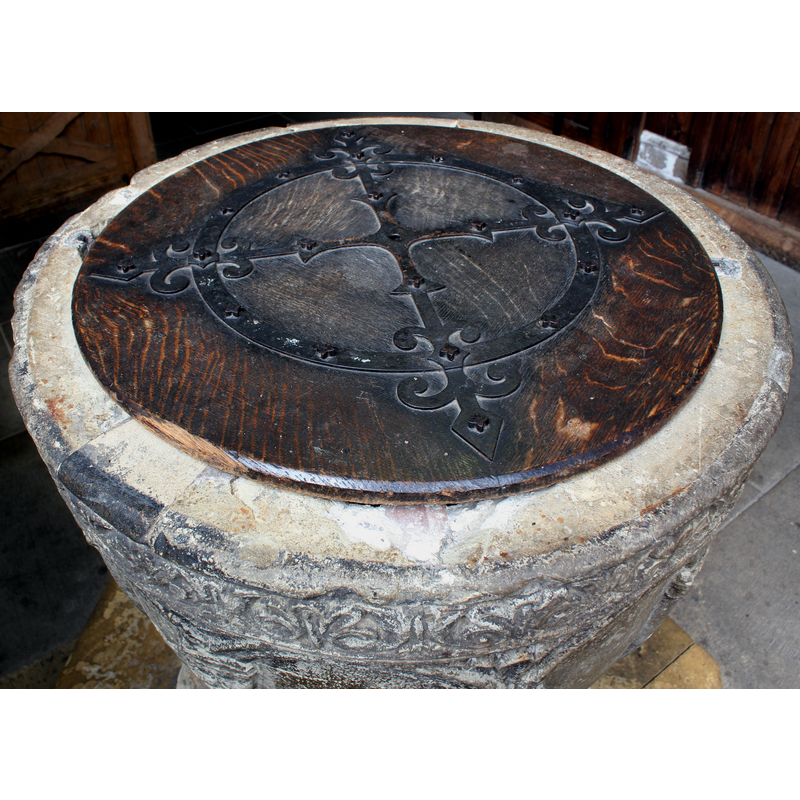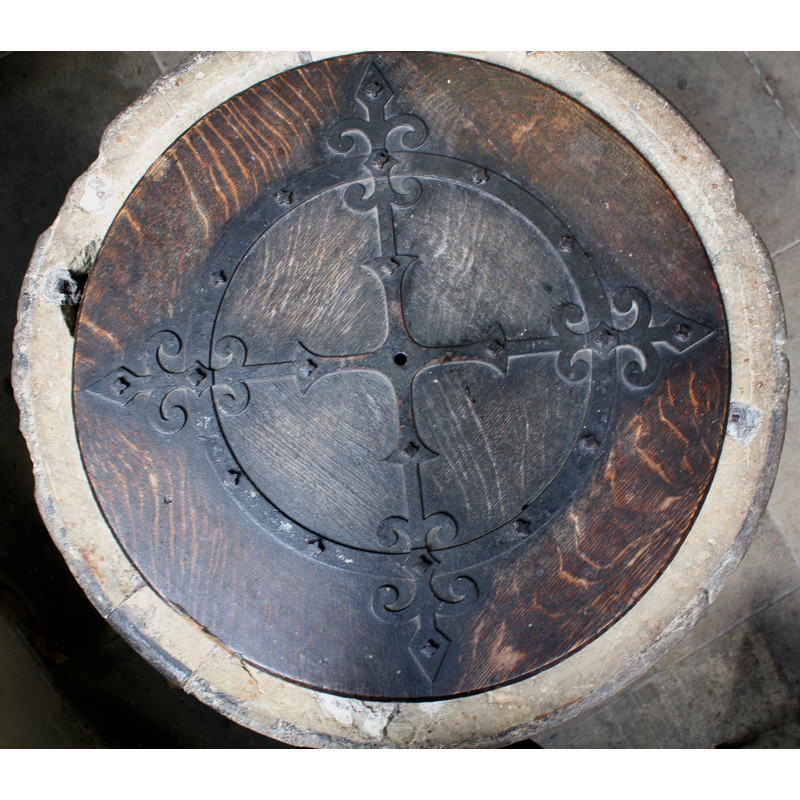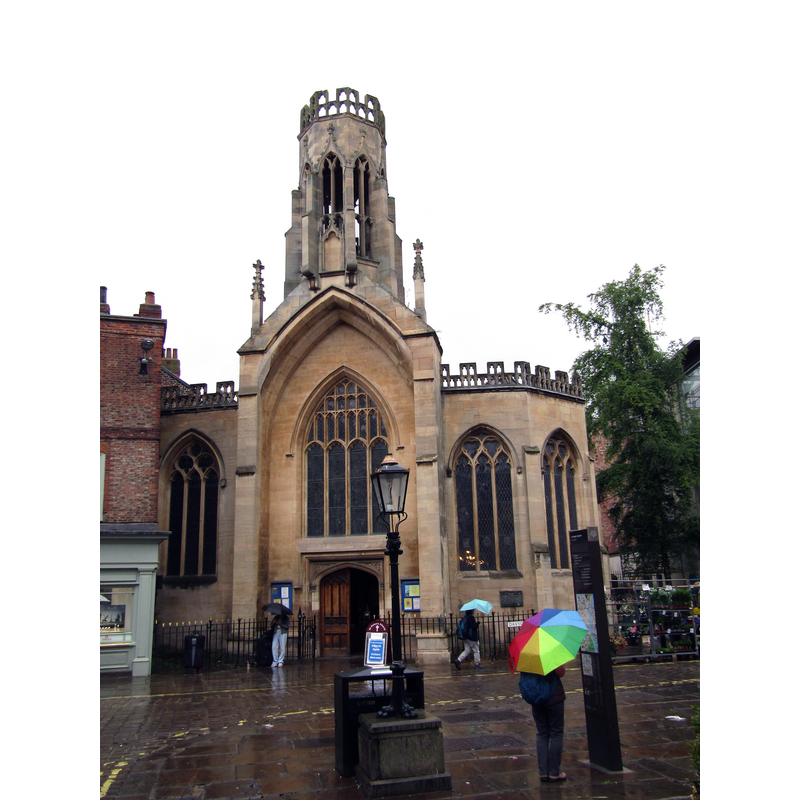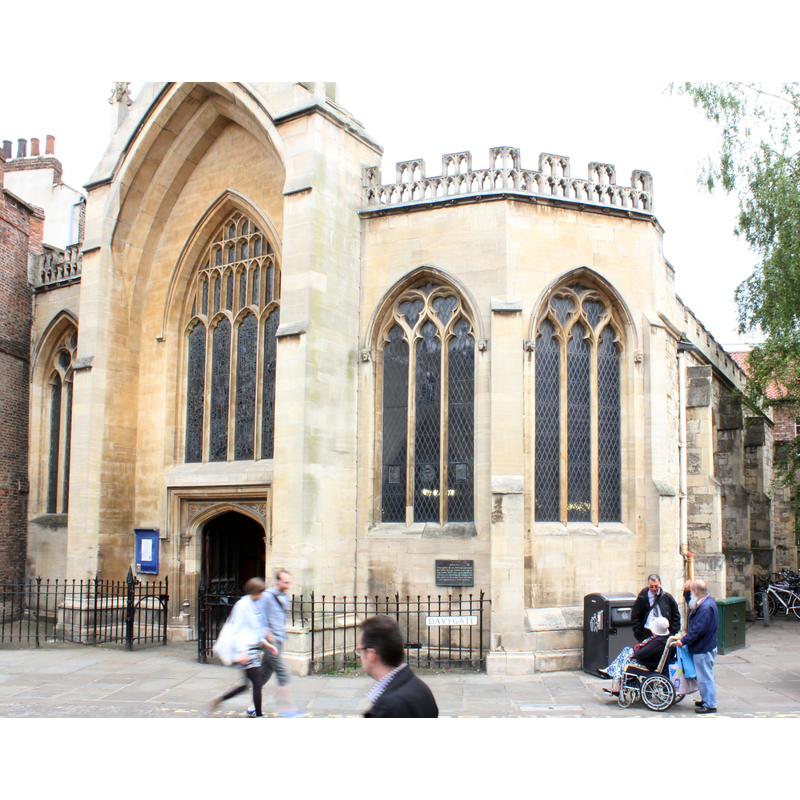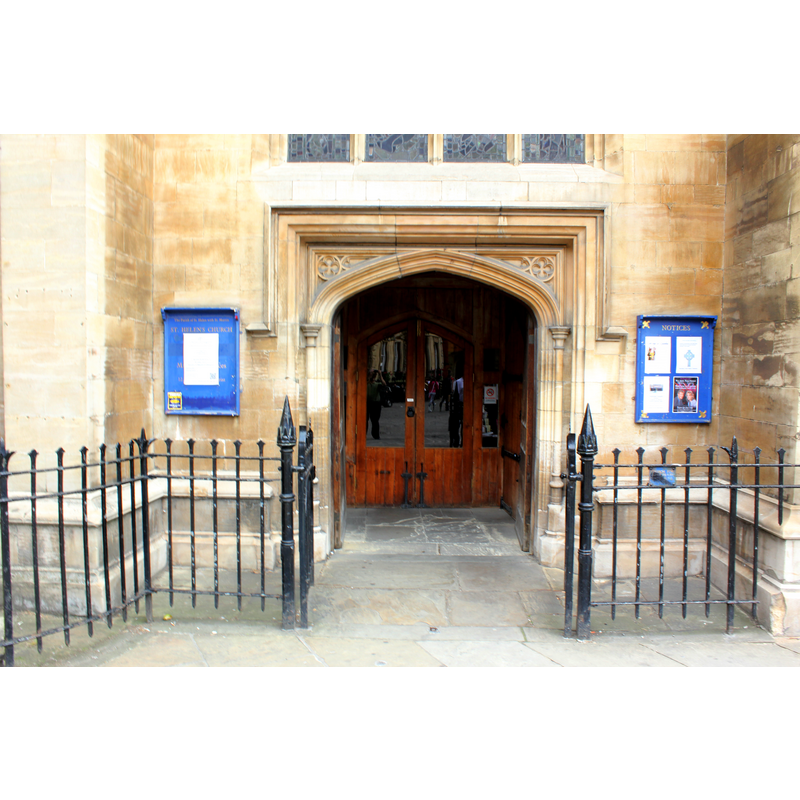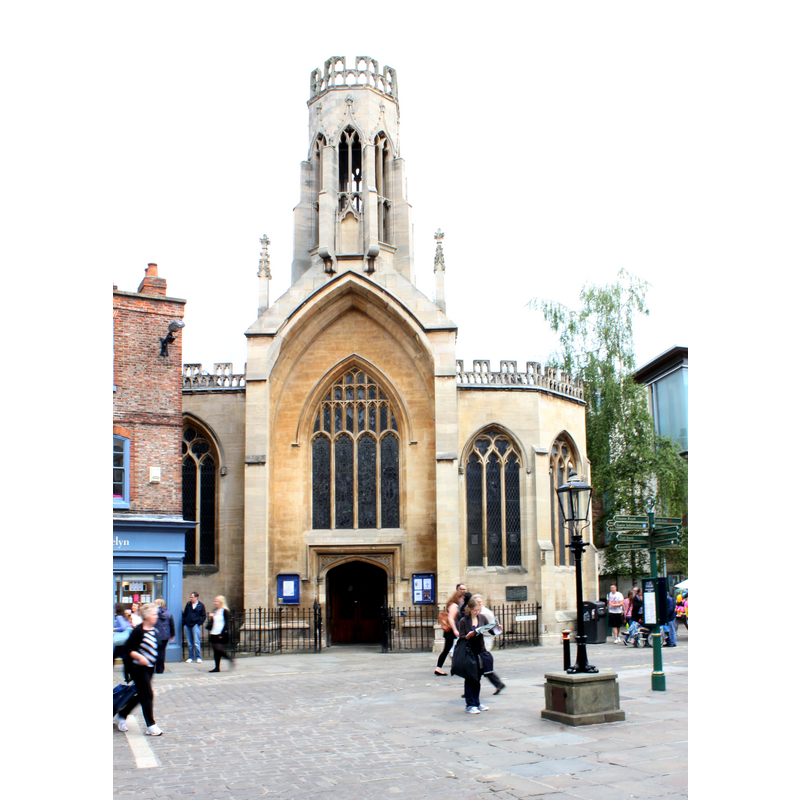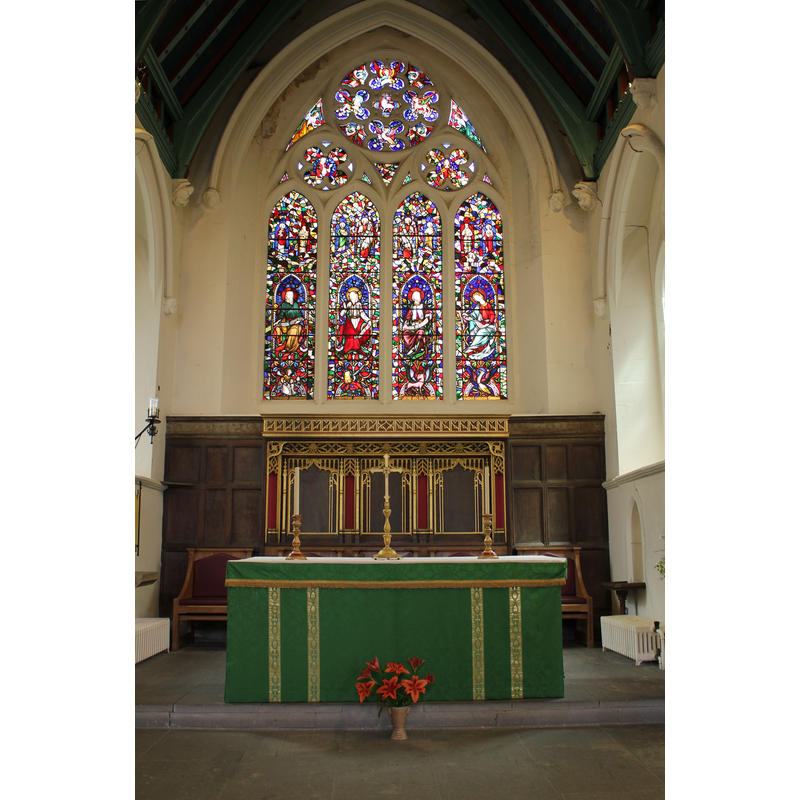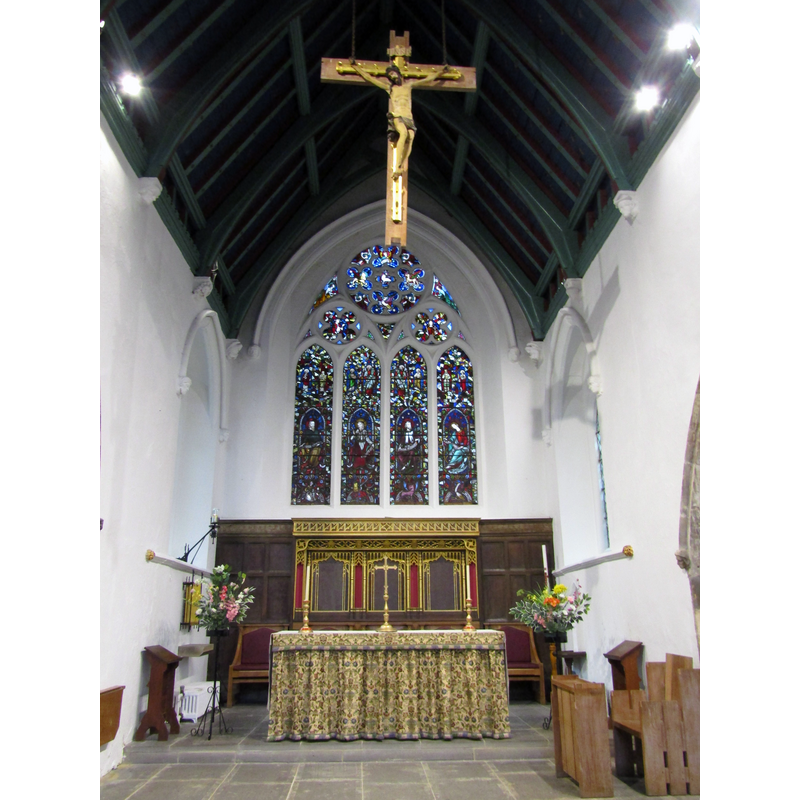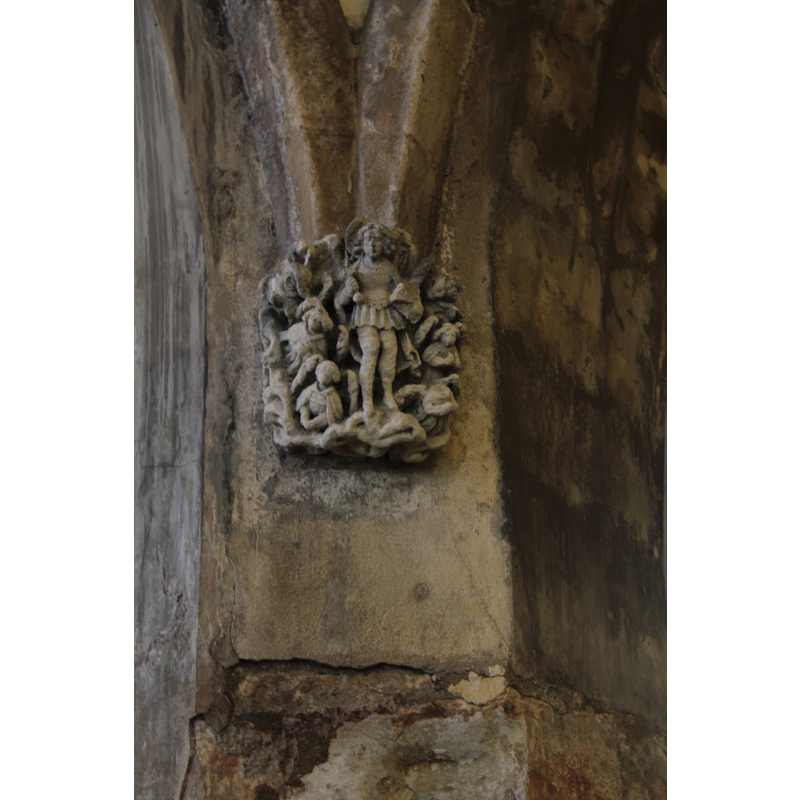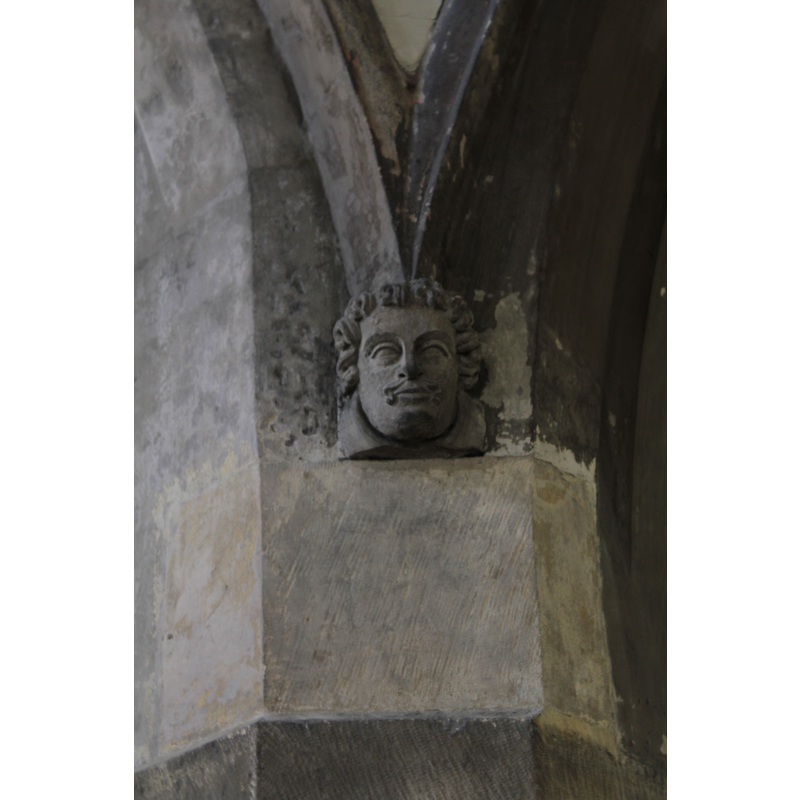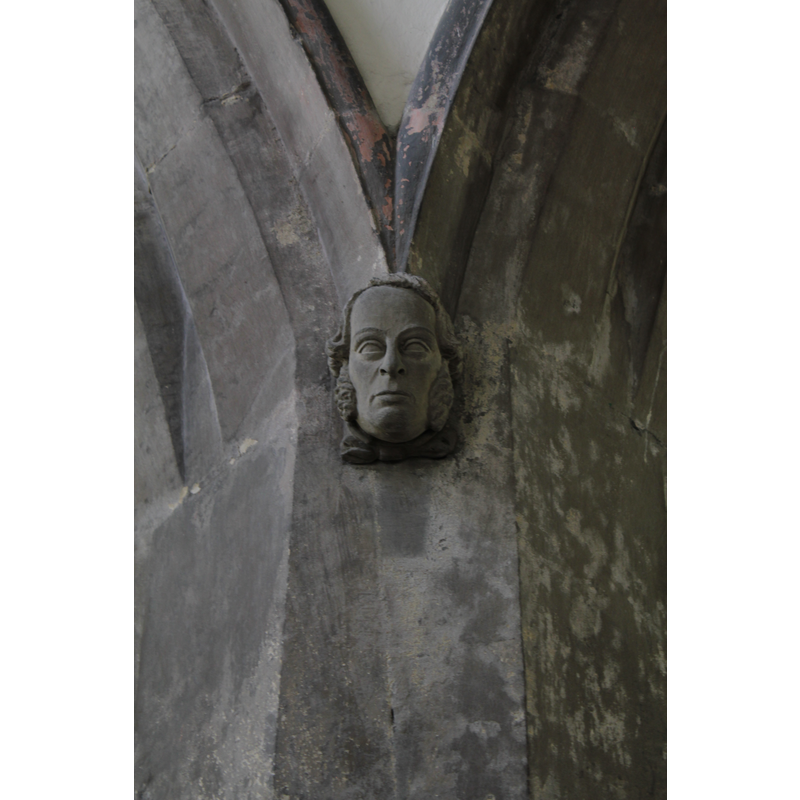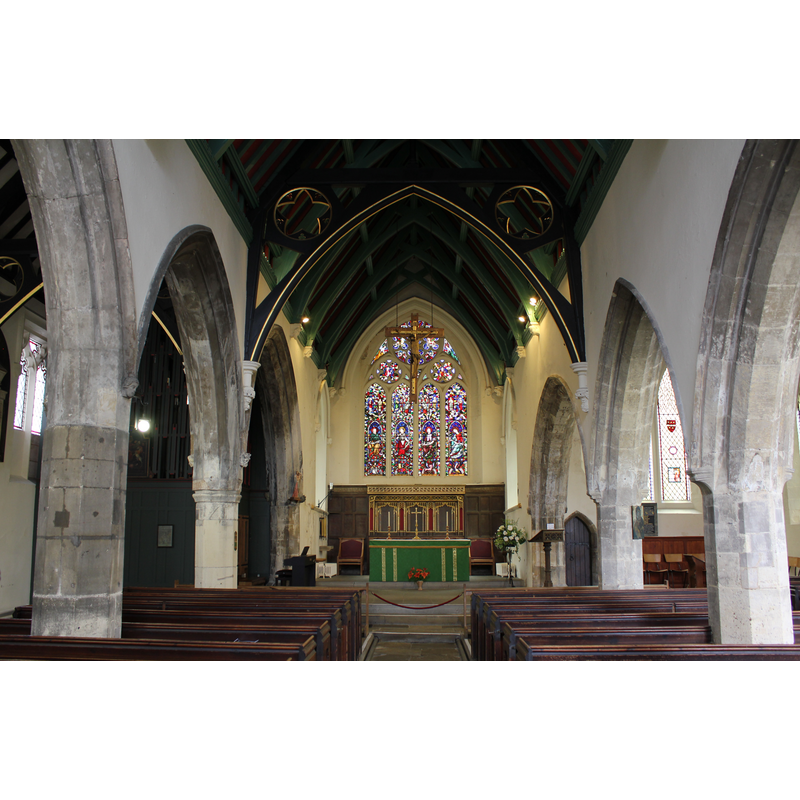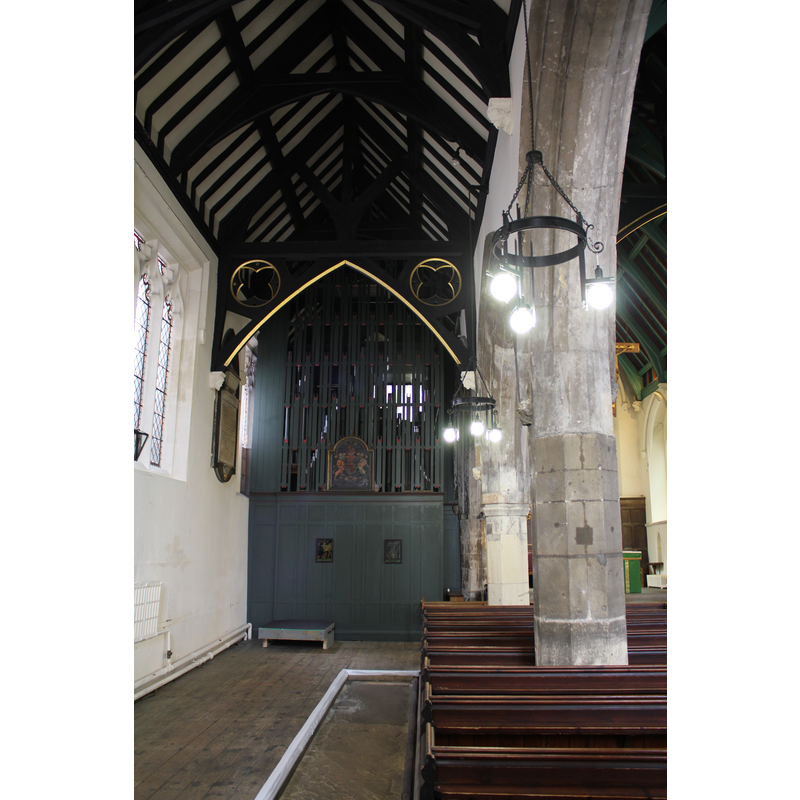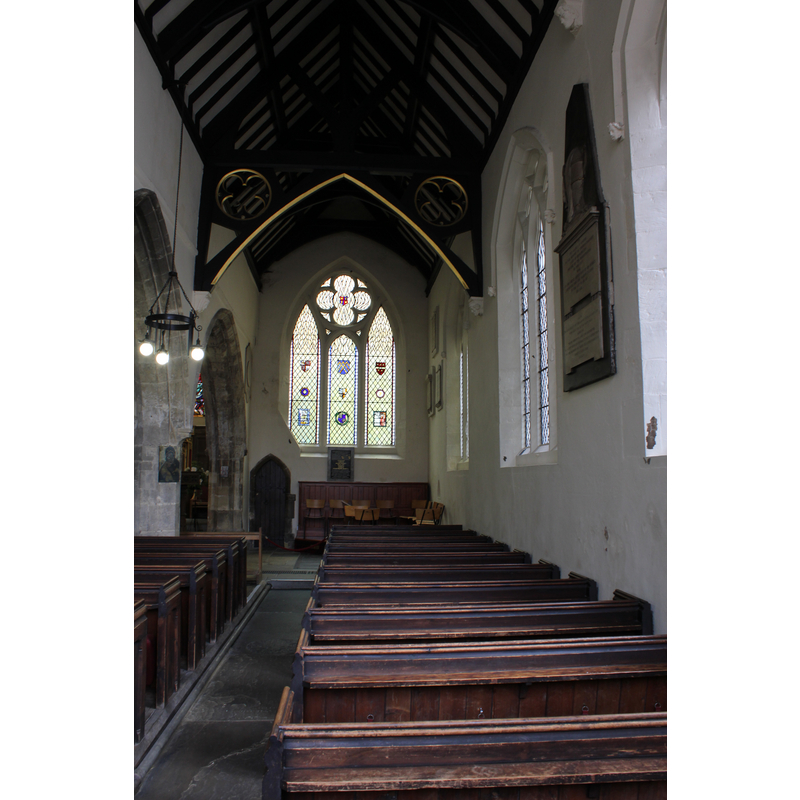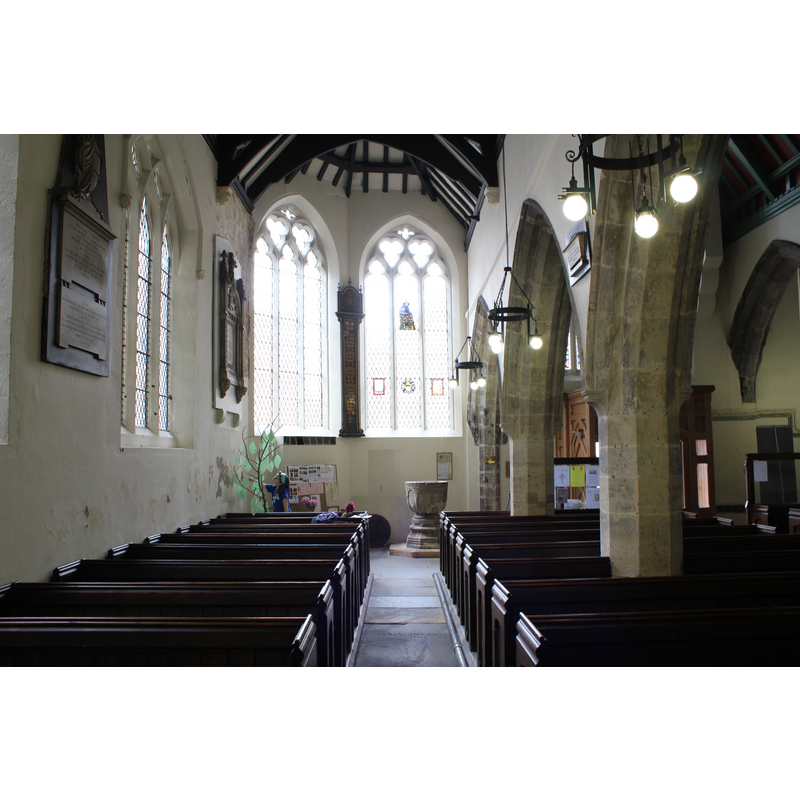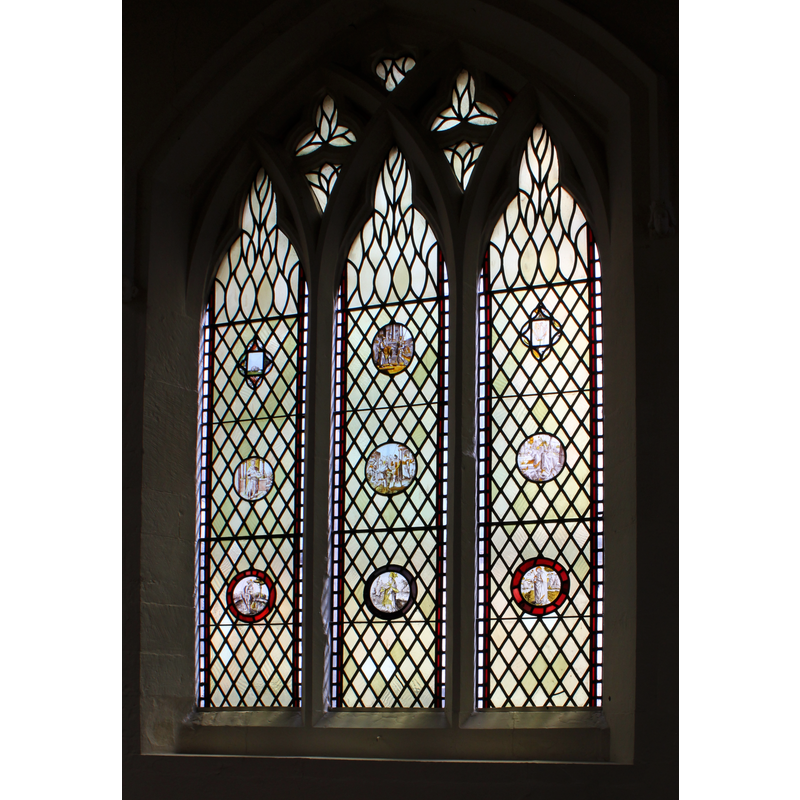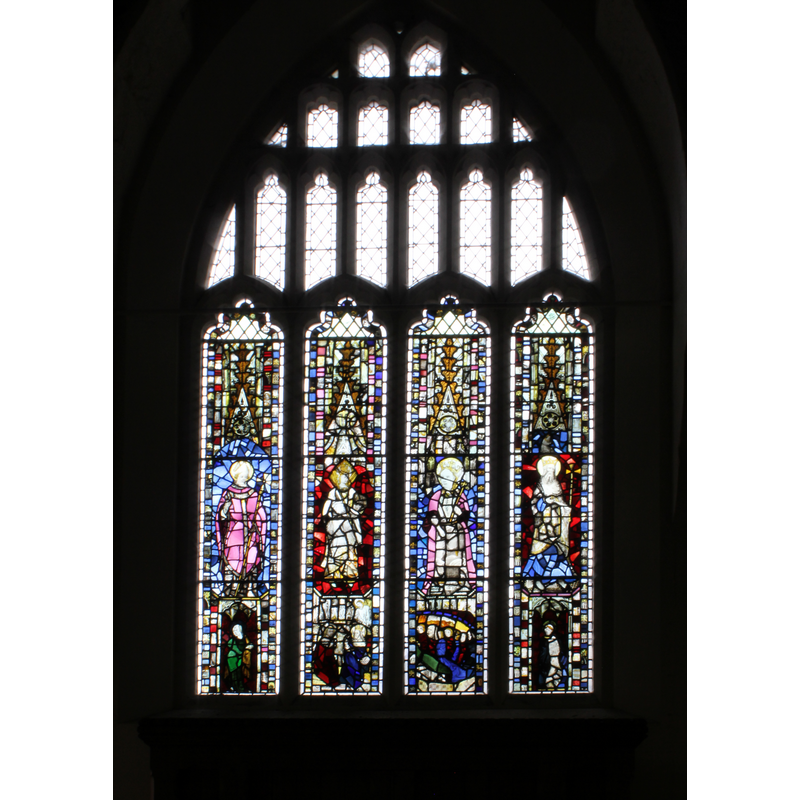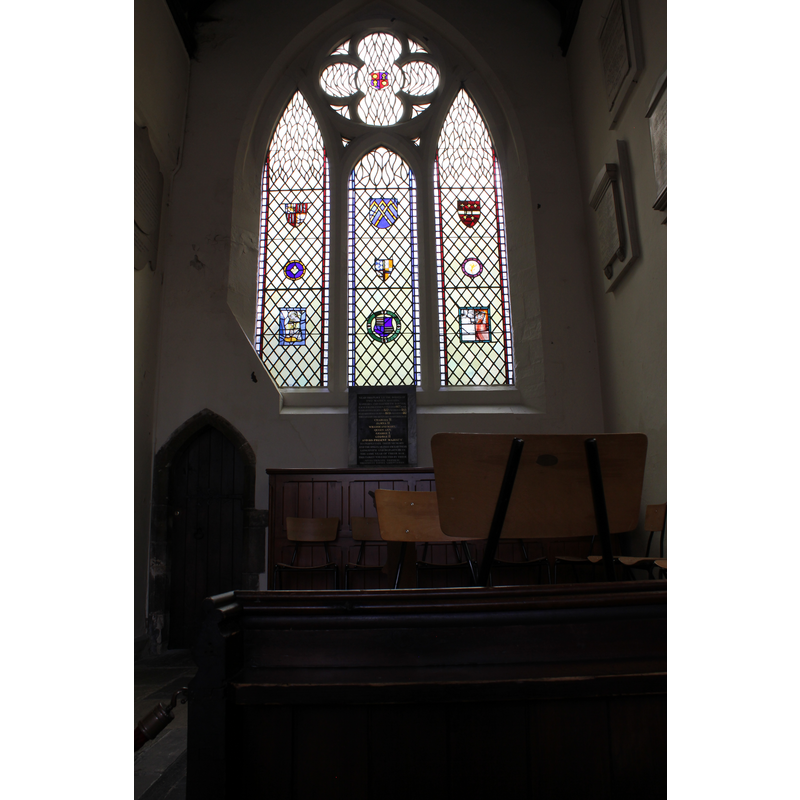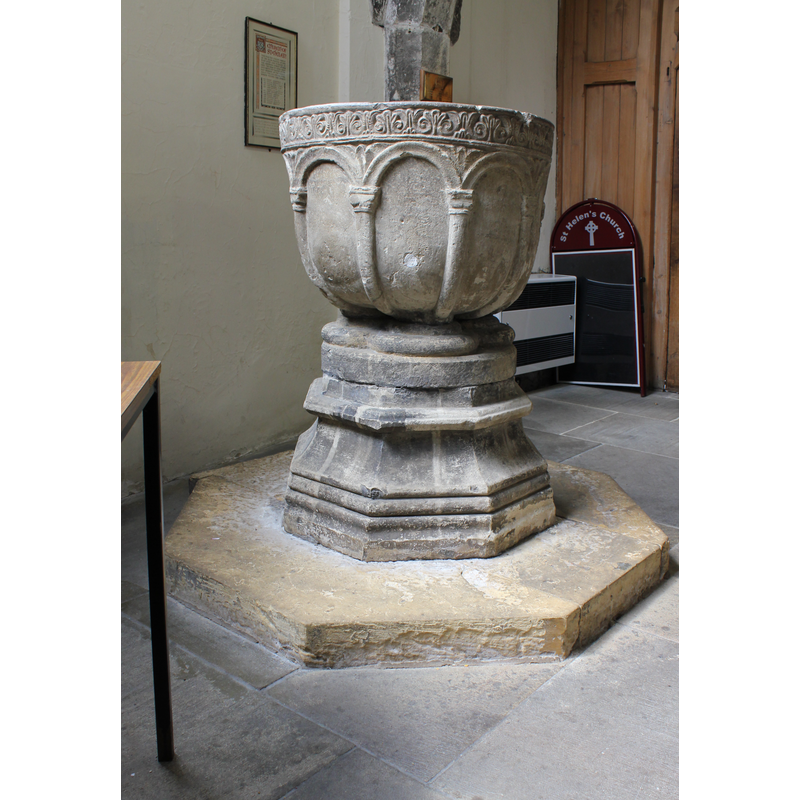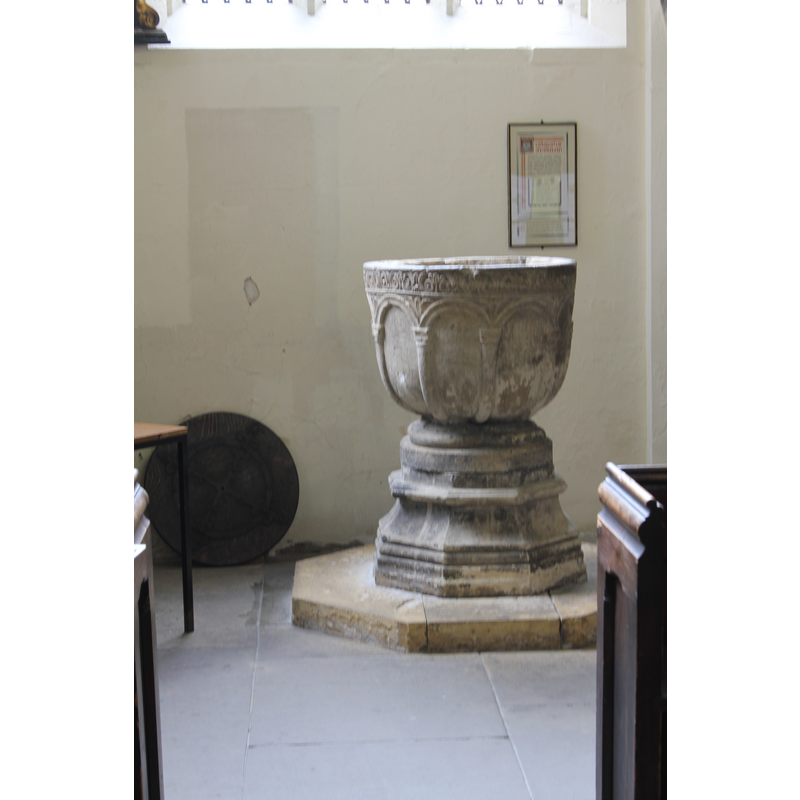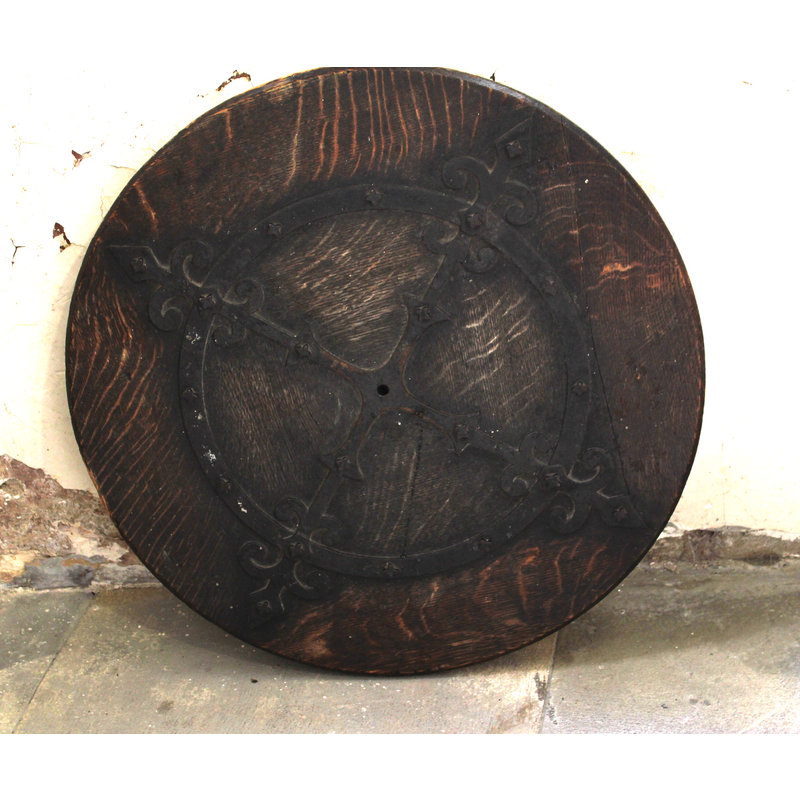York No. 4, Stonegate / Eboracum / Eburacum / Eburākon / Eoforwic / Everwic / Jórvík
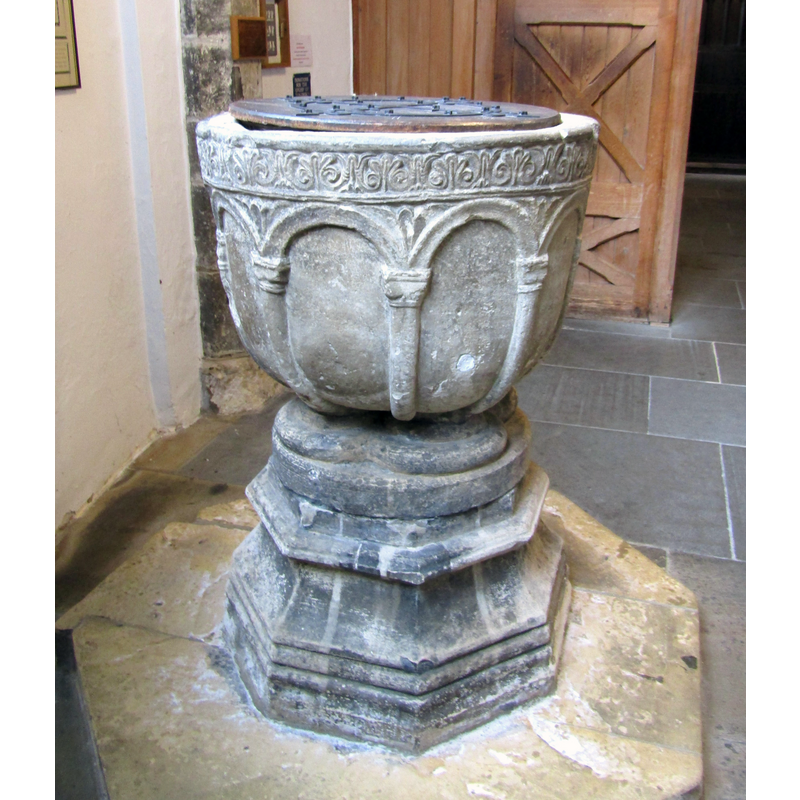
Image copyright © Colin Smith, 2025
Image and permission received from the author (e-mail of 26 January 2025)
Results: 36 records
design element - architectural - arcade - blind - round arches - columns with capitals
design element - motifs - floral or foliage
design element - motifs - moulding
design element - motifs - moulding - graded
design element - motifs - palmette
information
information
view of basin
view of basin
view of basin
view of basin - detail
view of basin - detail
view of basin - interior
view of basin - upper view
view of basin and cover
view of basin and cover - upper view
view of church exterior - façade
view of church exterior - southwest view
view of church exterior - west portal
view of church exterior - west view
view of church interior - altar and retable
view of church interior - chancel
view of church interior - detail
view of church interior - detail
view of church interior - detail
view of church interior - nave - looking east
view of church interior - north aisle - looking east
view of church interior - south aisle - looking east
view of church interior - south aisle - looking west
view of church interior - window
view of church interior - window
view of church interior - window
view of font
view of font and cover
view of font and cover in context
INFORMATION
FontID: 08482YOR
Object Type: Baptismal Font1
Church/Chapel: Parish Church of St. Helen Stonegate [aka St. Helen's with St Martin]
Church Patron Saints: St. Helena
Church Location: 5 St. Helen’s Square, York YO1 8QN, UK -- Tel.: +44 1904 623559
Country Name: England
Location: North Yorkshire, Yorkshire and the Humber
Directions to Site: Located in St. Helen's square [formerly Cuckold's Corner], near Stonegate, York city centre
Ecclesiastic Region: Diocese of York
Historical Region: Hundred of York
Font Location in Church: Inside the church, at the W end of the S aisle
Century and Period: 12th century [basin only] [13th-century base] [composite font], Medieval / composite
Cognate Fonts: the font at Hemingborough St. Mary's
Credit and Acknowledgements: We are grateful to Colin Smith for his photographs of this church and font
Church Notes: "St Helen's is now the Civic church of York where the Lord Mayor and Corporation attend Harvest Thanksgiving in state each year. [...] This church was the former Guild Church of the medieval Guild of Glass Painters and small panes (fragments at times) of medieval and later glass still survive." [www.docbrown.info/docspics/yorkscenes/yspage21.htm] [accessed 13 July 2013]
Font Notes:
Click to view
There are twelve entries for York in the Domesday survey [https://opendomesday.org/place/SE6052/york/] [accessed 8 August 2019] eight of which mentions a church in it [cf. infra]. Baine's Gazetteer of 1823 notes: "Near the entrance to the church is a large Saxon Font, in which it is conjectured that adults were formerly baptized by emersion [sic]." Noted in Glynne's 5 April 1825 visit to Hemingborough St. Mary's (in Butler, 2007), where he remarks on the resemblance of its font to "that in St. Helen's Church in York"; Glynne also mentions in in the entry for St. Helen's itself, of which church he comments: "contains little remarkable except the font, which is probably Norman. It is large and circular, cup-shaped, and is embossed or moulded with an arcade of Norman character with shafts." Noted and illustrated in Perker (1847): "The font is curious, Norman, bowl-shaped, ornamented with an arcade, the shafts of which are carved under the lower part of the bowl [i.e., underbowl]; it has the original round base, stilted upon a Decorate one." Listed in Tyrrell-Green (1928) as a Norman font the basin of which is decorated with an "arcade in relief, imitating closely the structural arcade of the period". The Victoria County History (York, 1961) notes: "The church of ST. HELEN, Stonegate, is first mentioned in 1235 [...] The fabric and site were sold by the corporation in or before 1552 and the fabric partly demolished [...] in the first year of Mary's reign [i.e., 1553] an Act was obtained for the parishioners to rebuild the church [...] St. Helen's thus escaped the 16th-century reorganization and remained an independent benefice until it was united with St. Martin's, Coney Street, in 1910. [...] The church remained in use after this date and when St. Martin's was destroyed by enemy action in 1942, became the church in which the incumbent exercised his cure. [...] The parishes—St. Helen's was a small intra-mural parish contiguous to St. Martin's— were united in 1954. [...] The building is almost wholly of the 14th century, except the west end which is of the 15th century, but it has all been extensively restored. [...] There is a font of the early 12th century with a later base". Noted and illustrated in the RCHM (York, 1962- ); the basin dates to the late-12th century, the upper base to the 13th; the lower base is identified as an "inverted moulded capital, late 13th-century." Described in Pevsner & Neave (1995) as a baptismal font of the late 12th century: "cup-shaped and arcaded with a band of palmette ornament. Upper base with roll mouldings, quatrefoil plan, C13 [i.e., 13th century]; lower base inverted moulded capital of late C13". Described and illustrated in http://www.norman-world.com/france/archeo/Angleterre/fonts/helfont.htm [accessed 2 January 2007]. On-site notes: the upper rim of the basin is damaged; part of it has been repaired with new-stone insert in the past; two lead plugs at opposite ends of the rim, and large damage areas also at opposite ends; the present font cover is round and flat, modern, and has no fastenings; the inner well is not lined at present. The outer surface of the basin has a fairly large hole that has been plugged; this would be explained by the old basin being used as a garden or farm trough at a time; the columns of the arcade wrap around the underbowl as if they were ribs.
COORDINATES
Church Latitude & Longitude Decimal: 53.960497, -1.083525
Church Latitude & Longitude DMS: 53° 57′ 37.79″ N, 1° 5′ 0.69″ W
UTM: 30U 625736 5980827
MEDIUM AND MEASUREMENTS
Material: stone, limestone
Number of Pieces: three
Font Shape: hemispheric (mounted)
Basin Interior Shape: round
Basin Exterior Shape: round
Rim Thickness: 7-8 cm
Diameter (inside rim): 62 cm
Diameter (includes rim): 77 cm
Basin Depth: 34 cm
Basin Total Height: 57 cm
Height of Base: 57-58
Font Height (less Plinth): 115 cm
Font Height (with Plinth): 123 cm
Notes on Measurements: BSI on-site
LID INFORMATION
Date: modern
Material: wood
Apparatus: no
Notes: [cf. FontNotes]
REFERENCES
Victoria County History [online], University of London, 1993-. Accessed: 2011-01-27 00:00:00. URL: https://www.british-history.ac.uk.
Glynne, Stephen Richard, The Yorkshire notes of Sir Stephen Glynne (1825-1874), Woodbridge: The Boydell Press; Yorkshire Archaeological Society, 2007
Great Britain. Royal Commission on Historical Monuments (England), An Inventory of the Historical Monuments in the city of York, London: H.M. Stationary Office, 1962-
Moule, Thomas, The English counties delineated; or, A topographical description of England [...], London: George Virtue, 1837 [vol. 2]
Parker, I. H. [John Henry?], "Architectural notes of the churches and other ancient buildings in the city and neighbourhood of York", Memoirs illustrative of the history and antiques of the county and city of York […], London: J. Murray, 1847
Pevsner, Nikolaus, Yorkshire: York and the East Riding, London: Penguin, 1995
Tyrrell-Green, E., Baptismal Fonts Classified and Illustrated, London: Society for Promoting Christian Knowledge: The Macmillan Co., 1928
![NB: notice the large plugged hole on the side [cf. FontNotes]](/static-50478a99ec6f36a15d6234548c59f63da52304e5/compressed/1130713054_compressed.png)
